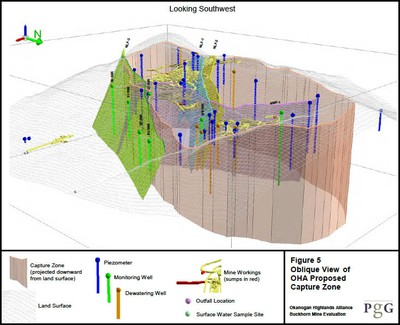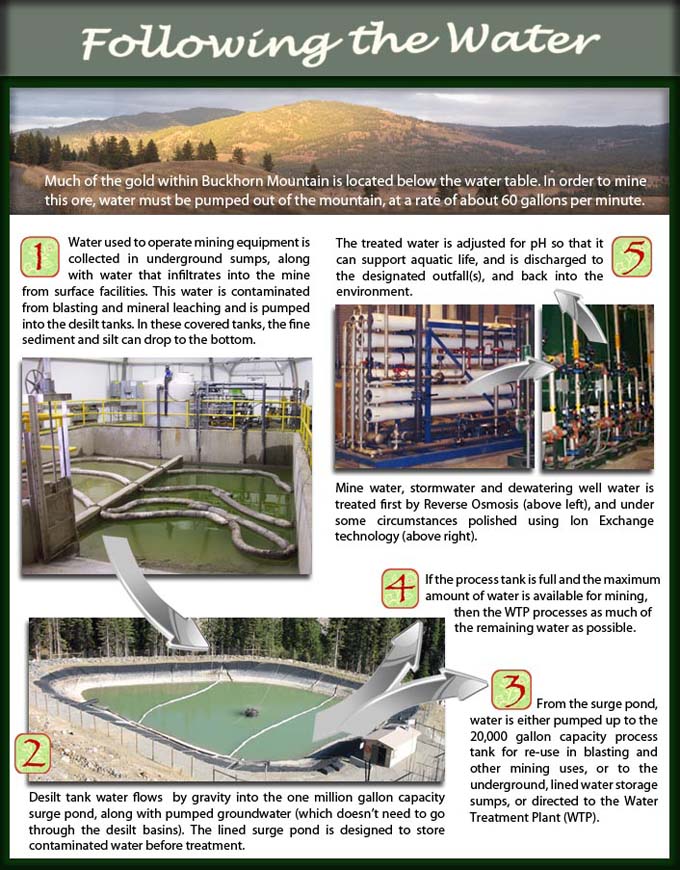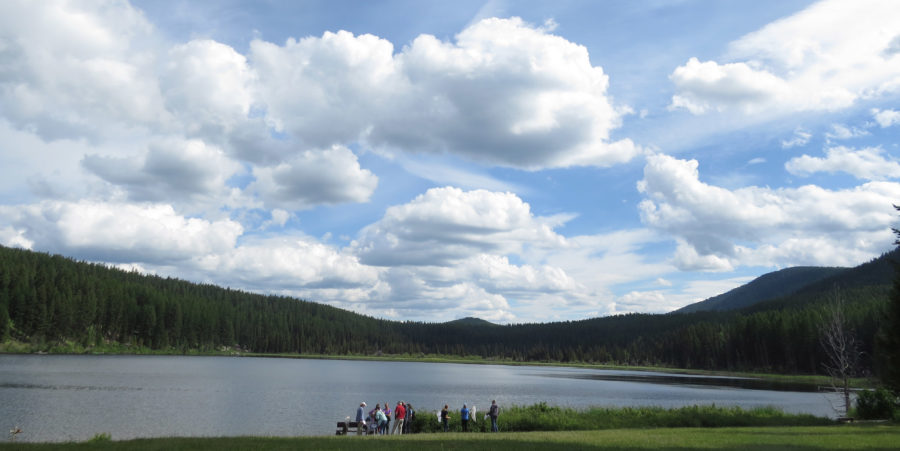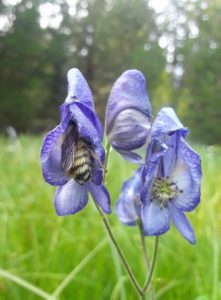2008 Settlement Details
Below are details of the agreement from the April 2008 negotiations between OHA and Crown/Kinross, whereby an underground mine would proceed on Buckhorn Mountain with additional monitoring and stream augmentation.
Key Monitoring Provisions:
- Crown/Kinross will hire an independent third party to do their monitoring and reporting.
- Crown will provide funds for OHA to hire its own independent monitoring company to do annual audits, quarterly visits, and random sampling and testing to analyze Crown’s third-party work.
- Crown will increase water quality monitoring on the west slope of Buckhorn Mountain.
- Crown will increase monitoring for sediment during spring runoff.
- Crown will lower the threshold for corrective action if sedimentation increases in Marias Creek.
- Crown will collect baseline water quality and quantity data for residents’ wells that are reasonably close to the mine if residents have concerns.
- Crown will send OHA all monitoring data.
- OHA will be permitted access to the mine site.
- Crown and OHA will attend an annual meeting to discuss monitoring results.
Key Mitigation Provisions:
- As long as they are operating the dewatering wells, Crown will run water over to the headwaters of Gold and Bolster creeks to maintain seasonal baseflow.
- After closure of the mine Crown, will retire 25 acres of the Lost Creek Ranch irrigation water (15 acres more than the agencies required). This would add water to Myers Creek and Bolster alluvial fan groundwater to replace the predicted permanent reduction caused by mining.
- Crown agreed to permanent conservation easements of their mitigation sites including the reclaimed mine site and opening them for public access.
- Crown will also fund a significant amount of additional mitigation sites throughout the area.
- Crown will fix problems with residents’ wells that are caused by mining activity.
- Crown will make a good faith effort to minimize truck hauling on weekends.







